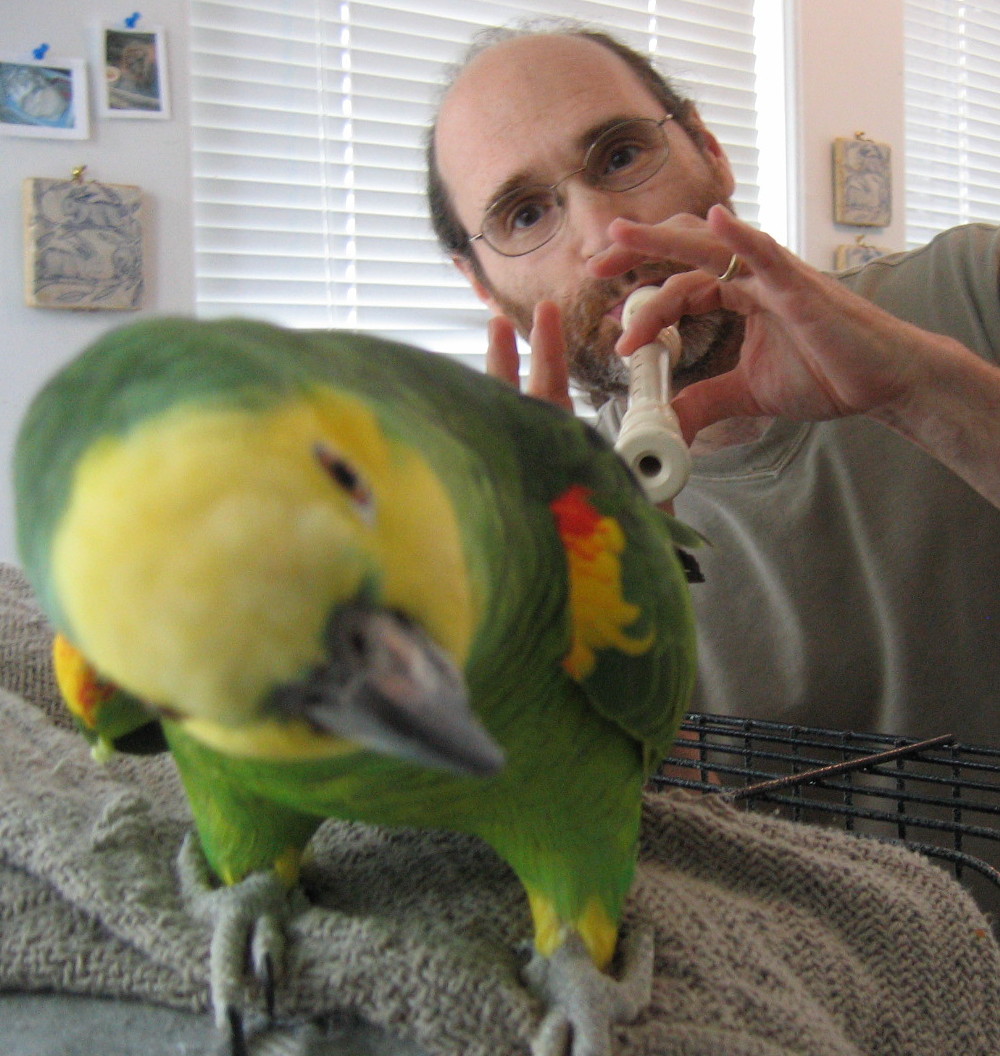Master Manlon was having a master class on "Resonance." Here, he is in the middle of a dialogue with Selby, an oboist...
Master Manlon: "So, is there any objective way we can assess what makes a sound a 'good' sound or a 'bad' sound? Yes, Selby?"
Selby: "Is this the question we should be asking? Doesn't it depend on the context of the music, what would make a sound appropriate or 'good' for that circumstance?"
Master Manlon: "Ahhhhhh! So, any sound could be a 'good' sound, if it fits the occasion or a specific piece of music?"
Selby: "That's what I would think, but we do have our personal likes and dislikes. I know what kind of oboe sound I like."
Master Manlon: "If you hear another oboe sound that is different to the one you like, can you still hear the music the person is making?"
Selby: "To be honest, it does get in the way of my hearing other qualities, at times, and does challenge me to listen beyond my own concepts."
Master Manlon: "I thank you for your honesty and openness. You have just hit at the root of prejudice."
Selby: "Excuse me, sir?"
Master Manlon: "Blinded by sound. Blinded by appearance. Blinded by that which is different to oneself. The root of prejudice or the potential seed for prejudice to grow, if not educated or directed into a broader perception."
[end of excerpt]
A lot of brass players--in fact, instrumentalists, in general--classify sound according to 'dark' and 'bright.' Oftentimes, 'bright' can mean 'bad' and 'dark' can mean 'good.' Oftentimes, 'bright' can mean a 'thin' sound and 'dark' can mean a 'full' sound. In my estimation, this is not accurate. I have heard resonant, beautiful, full 'bright' sounds and very dull, thick, heavy, unvibrant 'dark' sounds. To add to this, not everyone agrees what a 'dark' or 'bright' sound is!
If we are blinded by our concept of sound, it is no different than a person who is physically attracted to a certain body-type. Not all the time is their 'ideal' body-type full of content.
I would encourage those interested (the next time you listen to players), to try to hear what the players are communicating beyond ones own school of thought of what is 'good' playing and 'good' sound.
One good exercise in broadening ones concept of sound is to listen to many different kinds of players and feel the unique flavor, texture and substance of that sound. For example, I play trombone. But I don't always think of sounding like a trombone. Sometimes, I go for the haunting sound of a wooden flute or the intensity of a romantic cello or the crispness of a sharp bassoon staccato. I try to use all the instruments and have them be a part of my sonic palette.
[Note: There is a relationship between the above post and my "If the Shoe Fits..." post. Also, the above dialogue with Master Manlon is from my book in progress, "The TAC Legend Writings." To read previous excerpts from the book, click here and here.]
Thursday, September 13, 2007
Subscribe to:
Post Comments (Atom)

No comments:
Post a Comment